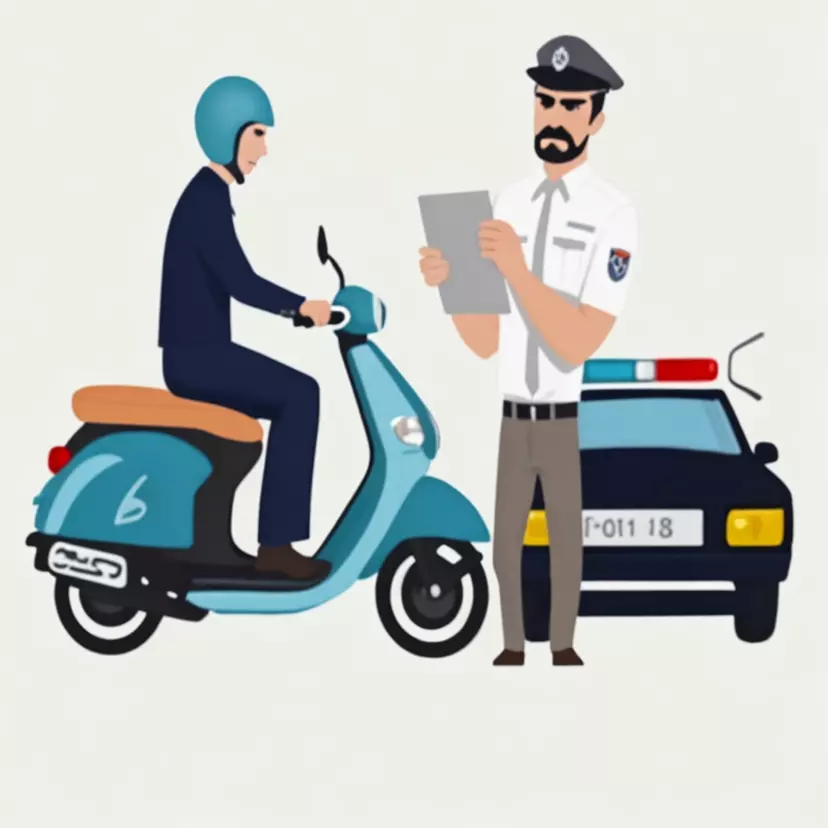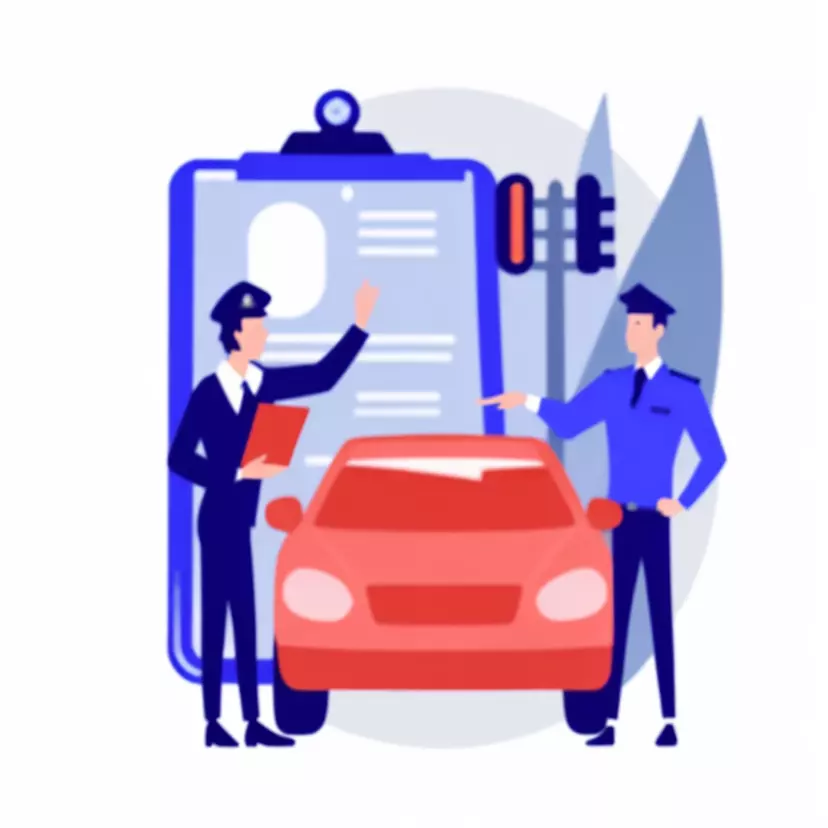Vahan Challan Search
- Challan Reason
- Challan Amount
- Challan Summary
We are searching for
--
Please wait. This should take only a few seconds.

Vahan Challan is a term commonly used in India, particularly by the traffic police, to refer to a traffic citation or ticket issued for violating traffic rules. "Vahan" translates to "vehicle" in Hindi, while "Challan" refers to a penalty or fine. So, a Vahan Challan is essentially a fine imposed on a vehicle owner or driver for breaking traffic regulations, such as speeding, not wearing a seatbelt, using a mobile phone while driving, or parking in a prohibited area.Vahan Challan is a term commonly used in India, particularly by the traffic police, to refer to a traffic citation or ticket issued for violating traffic rules. "Vahan" translates to "vehicle" in Hindi, while "Challan" refers to a penalty or fine. So, a Vahan Challan is essentially a fine imposed on a vehicle owner or driver for breaking traffic regulations, such as speeding, not wearing a seatbelt, using a mobile phone while driving, or parking in a prohibited area.

If a traffic challan (Vahan Challan) is not paid within the stipulated timeframe, several consequences may follow, depending on the jurisdiction and severity of the violation. Here are some potential outcomes:
Increased Penalty: The fine amount specified on the Vahan Challan may increase if not paid within the initial deadline. Some jurisdictions impose additional penalties or late fees for overdue payments.
Legal Action: Non-payment of the Vahan Challan can lead to legal consequences. The traffic authorities may take legal action to enforce payment, which could involve issuing a court summons or initiating legal proceedings against the offender.
Driving License Suspension: Depending on the severity of the violation and the laws of the jurisdiction, failure to pay the Vahan Challan may result in the suspension of the offender's driving license. This means the individual may be prohibited from driving until the fine is paid and any other required actions are taken.
Vehicle Seizure or Impoundment: In serious cases or for repeat offenders, authorities may seize or impound the vehicle associated with the unpaid Vahan Challan. The vehicle may be seized and held by the authorities until the fine is settled, along with any associated fees.
Warrant for Arrest: In extreme cases of non-compliance or repeated violations, authorities may issue a warrant for the arrest of the offender. This typically occurs when the violation is considered severe or when the individual repeatedly ignores traffic fines and legal notices.
Difficulty in Vehicle Transactions: Unpaid traffic fines can also create difficulties when conducting vehicle transactions such as registration renewal or transfer of ownership. Authorities may require the outstanding fines to be settled before processing such transactions.
It's important to take traffic violations seriously and address any Vahan Challans promptly to avoid escalating consequences. Compliance with traffic rules and regulations is essential for road safety and legal compliance.

The e-Challan system in India is an electronic enforcement system used by traffic police departments to issue and manage traffic violation tickets or challans. Here's how it generally works:
Detection of Violations: Traffic violations are detected through various means, including manual observation by traffic police officers, CCTV cameras, speed cameras, and other automated surveillance systems.
Recording of Violations: When a violation is detected, the details such as vehicle registration number, date, time, location, and nature of the violation are recorded electronically in the system.
Generation of Challan: An e-Challan is then generated electronically based on the recorded violation details. The challan includes information about the offense committed, the fine amount, and instructions on how to pay the fine.
Notification to Offender: The e-Challan is then sent to the registered mobile number or email address of the vehicle owner or driver. In some cases, a physical copy may also be issued on the spot.
Payment Options: The offender can then choose from various payment options to settle the fine, including online payment through government portals, mobile apps, or designated payment centers.
Verification and Enforcement: Once the fine is paid, the payment is verified, and the violation is marked as resolved in the system. Failure to pay the fine within the stipulated time may result in further enforcement actions, such as increased fines, suspension of driving license, or vehicle impoundment.
The e-Challan system aims to streamline the process of issuing and managing traffic violations, improve transparency, and encourage compliance with traffic rules and regulations. It also reduces the need for manual paperwork and enhances efficiency in handling traffic enforcement tasks.